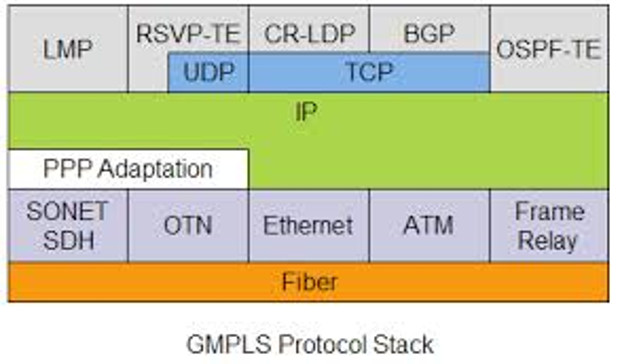Bell Labs finds that combining IP and optical transport can improve network efficiency

Never has the hunger for bandwidth been as high as it is today. To meet that demand, Bell Labs, the industrial research arm of Alcatel-Lucent, has been studying how high-end networks use converged IP and optical transport technologies to meet today's network demands.

The bottom line, according to Bell Labs, is that by converging IP routing and optical transport technologies "operators can meet the same requirements for service availability while using up to 40% less network resources, such as 100G router ports and optical transponders." This means with the right infrastructure, ISPs and carriers can meet greater customer bandwidth demands with lower up-front costs.
The ISPs are already complaining about the FCC redefining broadband as 25Mbps. But, if Bell Labs is right, building out to meet this new standard may not be as expensive as the ISPs fear.
Specifically, Bell Labs' researchers uncovered the potential for cost savings by using:
- An integrated resiliency strategy saves costs while still guaranteeing network and service availability.
- Introducing protection for the optical layer based on GMPLS (Generalized Multiprotocol Label Switching) allows service providers to meet the same availability levels achieved by routing protection methods based on MPLS (Multi-Protocol Label Switching), with total savings up to 40% on router ports and optical transponders over a five year period.
- The combination of IP and optical transport layer protection with a GMPLS user network interface (UNI) allows service providers to accelerate these savings by freeing up a third of deployed network capacity and providing headroom for two years of traffic growth.
Moving more into theory, the researchers also predict that by establishing an integrated multi-layer control plane more savings can be realized by taking the following steps:
- Introducing an Agile Optical Network with a dynamic GMPLS control plane.
- Extending optical transport layer control to the IP routing layer with GMPLS User Network Interface(UNI).
- Providing open, programmable Software Defined Network (SDN) interfaces based on open standards.
Ben Tang, a Distinguished Member of Technical Staff at Bell Labs said in a statement, "There is no better time than now to begin the converging of IP and optical transport. We know network traffic continues to increase exponentially, especially with new Cloud applications and 'the rise of the machines' on the horizon. This study provides the foundation for what will be a deep look into new optimized, network architectures and infrastructure."
GMPLS has long been considered a potential game-changer for Tier-1 ISPs. The question has always been how do you integrate it smoothly with the older IP MPLS networks we tend to use today. It appears, based on Bell Labs' study, that the problem has finally been solved. Better still, it's no longer in solutions that work on the test-bench but in the dollars and cents world of total cost of ownership (TCO), which governs how the Internet is actually deployed.
With the growth of Internet TV -- Netflix has long been the single largest consumer of bandwidth -- and all our new bandwidth-hungry applications such as Big Data and the cloud not to mention the forthcoming wave of data-starved Internet of Things devices, we need cheap, efficient bandwidth more than ever. It appears that GMPLS helping to bridge the gap between the copper-wire and optical Internet may be just what we need.
Related Stories: